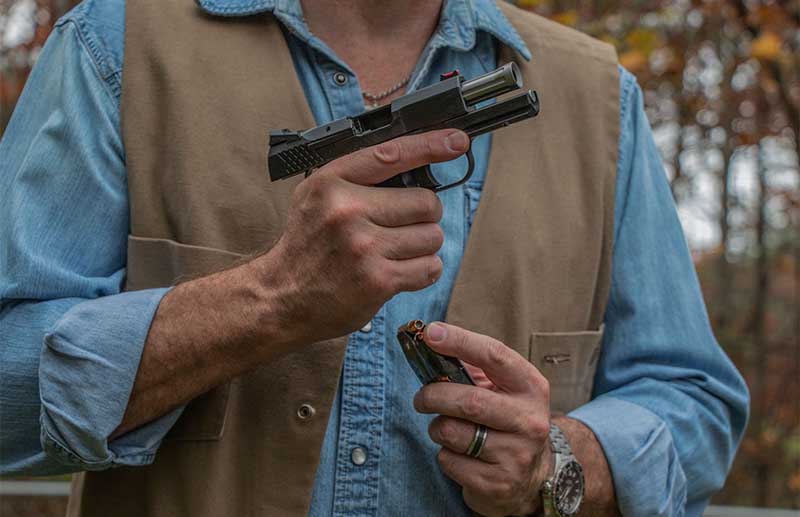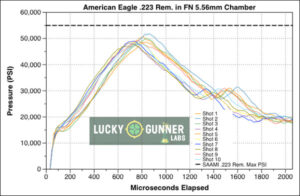Many believe that you should rotate your carry guns based on the season or situation. This will allow you to conceal a larger gun more easily during winter months. Spring is when you will still be wearing a coat. The same goes for fall. It’s the summer that makes concealing large or even any handgun difficult. It’s often difficult to conceal a large handgun when it’s hot. You might have to fumble with the grip on the smaller handgun during a violent encounter. Either of these could prove disastrous. On the other hand, if your full-size 1911 is carried from fall through spring, and then you switch to a Diamondback DB9 during the summer, you may have to wear more clothing or look out of place. You might also consider putting down your big gun during oppressive heat to make yourself more comfortable. All of this is not good. It can also make concealing a handgun easier if you don’t wear a suit for work. Few people have such uniformed attire that they wear all day, every day. It’s possible to conceal a large handgun or any other handgun in our personal and professional lives. Many people have multiple handguns for concealed carry. This is why many choose to carry a compact gun for year-round carry to eliminate the need to rotate. You can carry them in many different ways. Let’s say that you bought one of the new Springfield Armory SA-35 pistols. It’s now your daily carry handgun. You like to run around the block or in the park after work. Training Trumps All
Training is the key to being able to rely on different handguns or carry methods. You should not only be regularly visiting the range with any concealed handguns, but you should also practice drawing the handgun from the holster and fanny packs you’ll be carrying. If you feel the need to use a handgun in order to save your life, you should first get it out of your holster or fanny pack. You should spend some time getting to know the gun and the carry method before you switch to this method. For example, imagine carrying a Glock 17 in your waistband for winter and spring. Then, two days later, switching to a Ruger CP in an ankle pouch for early summer carry, you are confronted by a threat. You will instinctively know where your handgun is, and you will instinctively understand the mechanics of using a different handgun. Different situations require different answers. There are ways to simplify these answers so that you don’t rely on carry guns with vastly different capabilities. If you plan to carry a Glock 19 inside your waistband most often, it makes sense to have a smaller Glock such as a G26, G43 or G43 for concealment purposes. You can limit the number of ways you can carry a handgun, such as if you are carrying a Hi-Power or 1911. There are many options available, including inside the waistband and outside the waistband carry, cross-draw, shoulder, ankle, pocket, and fanny pack carry. Based on the season, gun and situation, pick two to three methods and stick with them. You should choose holsters that are comfortable and concealable. Also, avoid changing anything unless you absolutely have to. If you have to switch more often, make sure you do some presentations from your carry position with the handgun. It takes only a few minutes, but this will help you better understand the way you will be armed. This is a great practice to do every time you get on your gun.
In an ideal world, we would all be better off if we could all carry the same gun in the same manner every time. This is possible with some of the ultra-compact pistols, such as the S&W CSX. The ultra-compact pistols today can be chambered for 9mm and are small enough that they are easy to conceal even in blizzard conditions. This is an unrealistic expectation. It’s fun to imagine ourselves as John Wick-like, highly trained gunsmiths who are familiar with all firearms and can use them with deadly accuracy. We are not all like that man. Target grids and bullseye sizes can be found in MOA. Get Free Targets

















